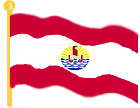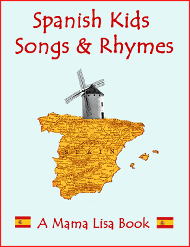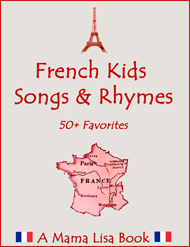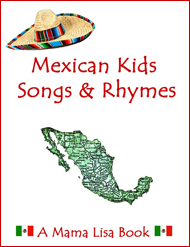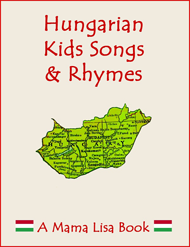Hoe Ana
This song is originally from the Cook Islands though nowadays it's better known in Tahiti.
There's a legend that the first man who came to the Cook Island of Aitutaki was Ru. Ru came from Havaiiki, the original mythical homeland of the Polynesian people. He was seeking new lands in a canoe called Nga-Puariki. That's the name of the canoe in this song. In this version, he finds a region on the coast of Tahiti called Papeete (which is also the name of the capital). In other versions he finds Rarotonga, the largest of the Cook Islands.
Hoe Ana
Paddling
Action Song
Action Song
(Tahitian)
(English)
1. Hoe ana, hoe ana!
2. (a) "Nga pua ariki" te vaka korua
(b) Te tere mai nei Havaiiki e.
(a) "Nga pua ariki" te vaka korua
(b) Te tere mai nei Havaiiki e.
3. (a) E rere tu na i o nei
(b) I Papeete roa
(c) Na te vaka tau fenua e tapiri mai
To tatou fenua.
4. (a) Hoe ana, hoe ana
Hoe na te vaka te vaka nei
(b) Haere mai na, haere mai na
(c) Haere mai e ine ma e.
5. (a) Hoe ana hoe ana te vaka nei
Hoe ana hoe ana i te pae
(b) Na te pae aue aue!
Haere a i te ara.
(Tapiti)
1. Paddling it, paddling it.
2. (a) Our canoe named "Nga pua ariki"
(b) Journeys from Havaiiki (1).
(a) Our canoe named "Nga pua ariki"
(b) Journeys from Havaiiki.
3. (a) There it is,
(b) Papeete (2) in the distance,
(c) This canoe from our land coasts along to
Our new land.
4. (a) Paddling it, paddling it,
Paddling this canoe, this canoe
(b) Come this way, come this way
(c) Come this way here.
5. (a) Paddling it, paddling this canoe
Paddling it, paddling on the side
(b) On the side, oh, oh!
(c) Let's go quickly!
(Repeat Verse)
Notes
(1) Havaiiki – The lost (mythical) land of the ancient Polynesian people.
(2) Papeete – The capital of Tahiti. In some versions this line is "I Rarotonga roa."
One source translated "Nga pua ariki" as "The Royal Flower".
Game Instructions
1. Sit back on your feet with your knees folded in front of you. Put one hand on each leg.
2. (a) With your left hand at your side on the ground, elegantly reach your right hand over your head 2 times. Do the same with the opposite hand.
(b) Clasp your lower arms in front of you and move them like a wave right to left 2 times.
3. (a) Keeping one hand over the other in front of you horizontally to the ground, gently make motions in a circle to the right 2 times. Repeat to the left. (It looks a bit like swimming.)
(b) Put your hand above your eyes like your looking in the distance – 1st left, then center, then right. Then put hands on your lap.
(c) Put right hand up over your head to the right with fingers spread and look that way. Repeat on the left.
Then from left to right put your hands over your head spreading out your fingers and looking up. 1st left, then center, then right. Then hands on your lap.
4. (a) Mime rowing on your left side twice. Then on right side twice.
Repeat.
(b) Keeping one hand over the other in front of you horizontally to the ground, gently make motions in a circle to the right 2 times. Repeat to the left. (It looks a bit like swimming.)
(c) Both hands should have the fingers spread out and should go out front of you then back in. Repeat.
5. Faster now!
(a) Mime rowing on your left side twice. Then on right side twice.
Repeat.
(b) From right to left put your hands over your head spreading out your fingers and looking up. 1st left, then center, then right.
(c) Put your hands down like your diving and then up above your head and clap twice. (Repeat whole verse with the same actions.)

Thanks!
Thanks!
Thanks and Acknowledgements
Translation by Lisa.


